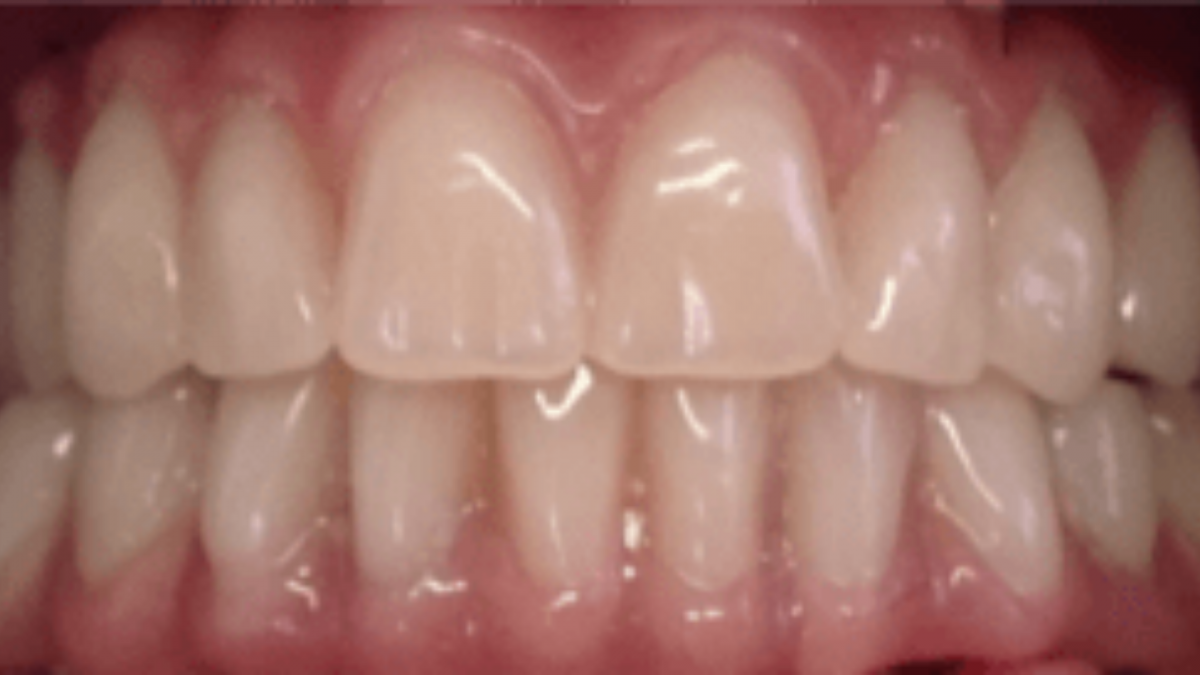
Detection of dental malocclusion in a scientific way
22 October 2021
The Salad Mystery: can chewing lettuce leaves really break a prosthesis? The electromyography at the service of our investigation
25 October 2021Case presentation
A 52-year-old male patient with upper total dentures and lower removable prosthesis has been complaining of occlusal instability and poor compliance with prosthesis for some time. Radiographic examination revealed severe periodontal disease of the lower anterior teeth.Clinical context
Initial OPT. Natural occlusion shows left laterodeviation (later not confirmed by EMG analysis), probably due to erosion of prosthetic elements accentuating natural torsion.
Synthesis of the EMG trace – performed with TMJoint – reveals a powerful clamping (probably due to the attempt of stabilizing the prosthesis) and a slight advancement of the barycenter.

Investigation procedure
The patient was rehabilitated, after inferior reclamation, with bimaxillary AO4 technique for specific personal needs. Before implant surgery, occlusal postural semeiotics techniques (muscle testing, dysfunctional localization, and challenge) were used to identify the ideal mandibular-jaw relationship for the construction of the temporary Toronto prosthesis. Note the rehabilitative prosthesis with the torsional “defect”.
EMG trace from TMJOINT 6 channels analysis.

During the finalization phase, two resin bases were made, i.e shims obtained from acetate blocks, on which to research and record the ideal position for the construction of the definitive prosthesis.

Final examinations still showed a slight anteriorization of the center of gravity, which was more or less formal, and the impact was regularized.

The footplate shows that the patient has recovered 1.9 kg of imbalance and the plantar support shows a rearrangement of the patient’s pelvis.






